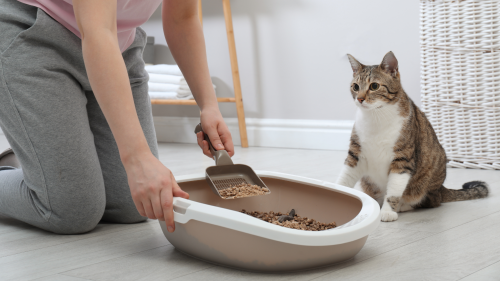As cat lovers, we know that every feline has their quirks, especially when it comes to their litter box habits. Whether you’re a devoted cat parent or a professional cat sitter in Columbus, Ohio, understanding the world of litter boxes can make a huge difference in keeping our furry friends happy, healthy, and stress-free.
In this guide, we’ll explore the five most common types of litter boxes and provide tips on how to use and clean them effectively.
Standard Open Tray Litter Boxes
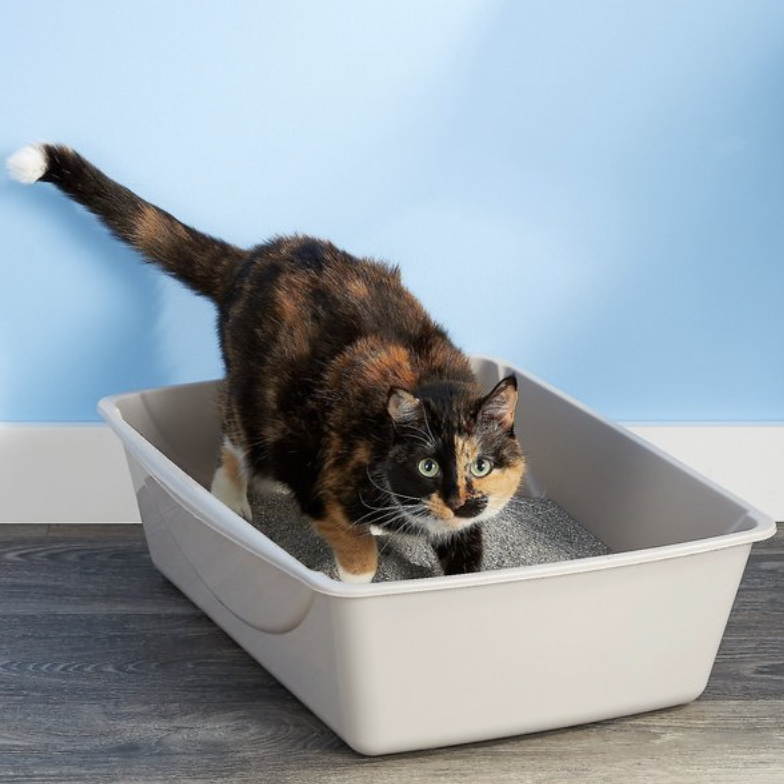
The classic open litter tray is a no-frills option that many cats prefer for its simplicity. It provides easy access and is ideal for cats who dislike feeling confined. Open trays are budget-friendly and come in various sizes, making them a popular choice for cat parents.
Pro Tip: Look for open trays with higher sides to prevent litter scatter, especially for enthusiastic diggers!
How to Clean:
Cleaning a standard open litter tray is straightforward, but consistency is key to keeping cats happy and healthy:
- Daily Cleaning: Scoop up any clumps of urine and solid waste. Shake scooper to let fresh litter fall back into the box while further isolating urine/solid waste. Put those clumps into a disposal location (usually a bag), and discard as necessary.
- Complete Refresh: Every 1-2 weeks (or as needed), empty the entire tray, discard the old litter, and scrub the tray with warm water and mild, unscented soap. Rinse thoroughly and let it dry before refilling with fresh litter.
Covered Litter Boxes
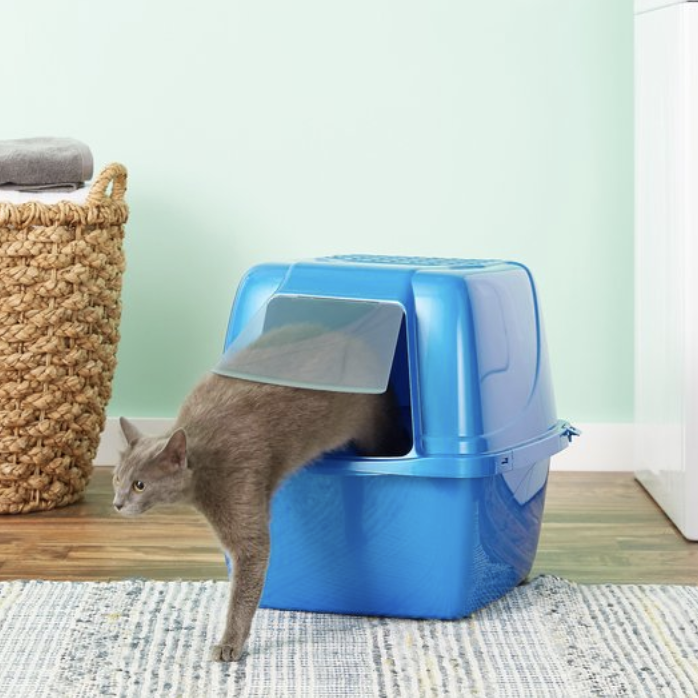
Covered or hooded litter boxes provide privacy, which many cats actually appreciate. These are also great for reducing odors and keeping litter contained, making them a convenient choice for households with limited space. However, some cats might feel trapped or uneasy in a confined space, so always observe their comfort level to ensure it’s the best fit.
How to Clean:
Covered litter boxes require regular maintenance to keep them odor-free and comfortable for cats:
- Remove the Cover: Start by taking off the lid or hood to access the inside of the litter box. This makes scooping and cleaning easier and ensures you don’t miss any hidden spots.
- Scoop: Scoop up any clumps of urine and solid waste. Be thorough, as odors can build up quickly in a covered space. Shake scooper to let fresh litter fall back into the box while further isolating urine/solid waste. Put those clumps into a disposal location (usually a bag), and discard as necessary.
- Check for Odor Buildup: Covered boxes tend to trap smells more than open trays, so consider using a litter deodorizer or baking soda to help neutralize odors. Also, ensure the box’s vents, if any, aren’t blocked. Proper airflow can reduce the intensity of trapped odors.
Self-Cleaning Litter Boxes
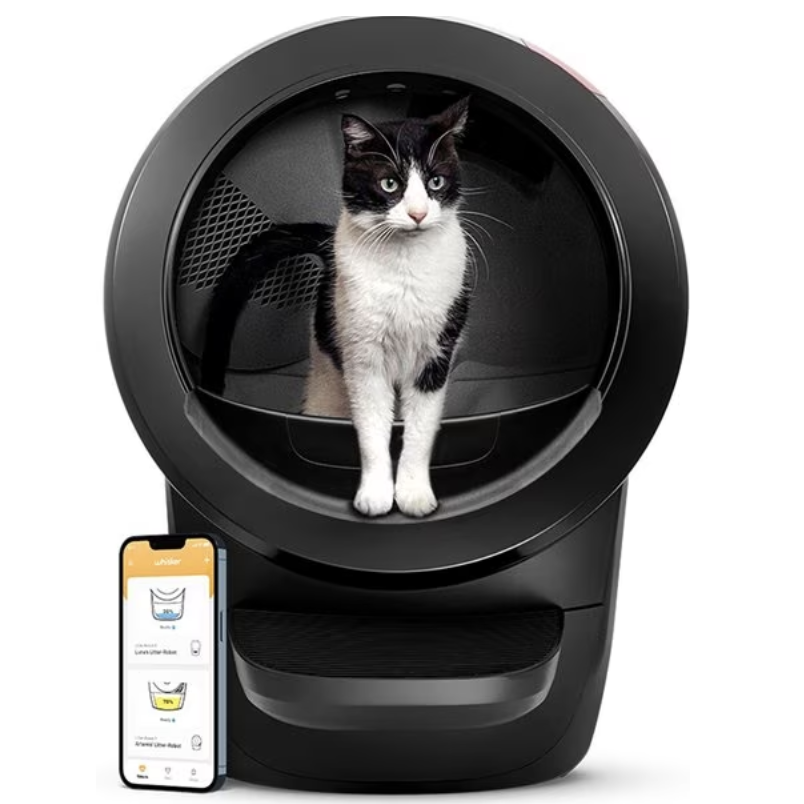
For tech-savvy households, self-cleaning litter boxes might actually be your best friend (and your cat’s!). These automated boxes sift waste into a designated compartment, minimizing the need for frequent scooping. While they’re convenient, they can be expensive and might intimidate some cats due to the noise.
Pro Tip: If you’re a Columbus cat sitter, it’s super important to confirm proper usage with the pet parent and overall, ensure the self-cleaning litter box is functioning as it should.
Popular Brands & Helpful Videos:
How to Clean:
Self-cleaning litter boxes may take care of most of the dirty work, but regular maintenance is still essential to keep them functioning properly and ensure a clean, comfortable experience for the cat:
- Empty the Waste Drawer Regularly: Even with automated cleaning, waste compartments fill up. Check the drawer and empty it if it’s near capacity. Replace waste bags or liners.
- Manually Cycle If Needed: If the litter box hasn’t cycled or appears to need a reset, press the Cycle button to manually clean the box. This ensures the cat has a fresh space to use.
- Monitor Litter Levels: Check the litter level inside the box. If it’s low, add fresh litter to maintain the appropriate depth, as recommended by the box’s instructions. Avoid overfilling, which can affect the cleaning mechanism.
- Clean the Sensors and Surfaces: Use a soft cloth to wipe down any sensors or surfaces that may have collected dust, litter, or debris. This keeps the box running smoothly and helps prevent errors.
- Check for Issues and Report: Keep an eye out for error lights, unusual sounds, or signs that the cat is reluctant to use the box. If you notice anything out of the ordinary, inform the manufacturer immediately.
Please note that the above steps are for a typical self-cleaning litter box. Each brand and model may have unique buttons and features, so always refer to the specific instructions for the box you’re using.
Top-Entry Litter Boxes
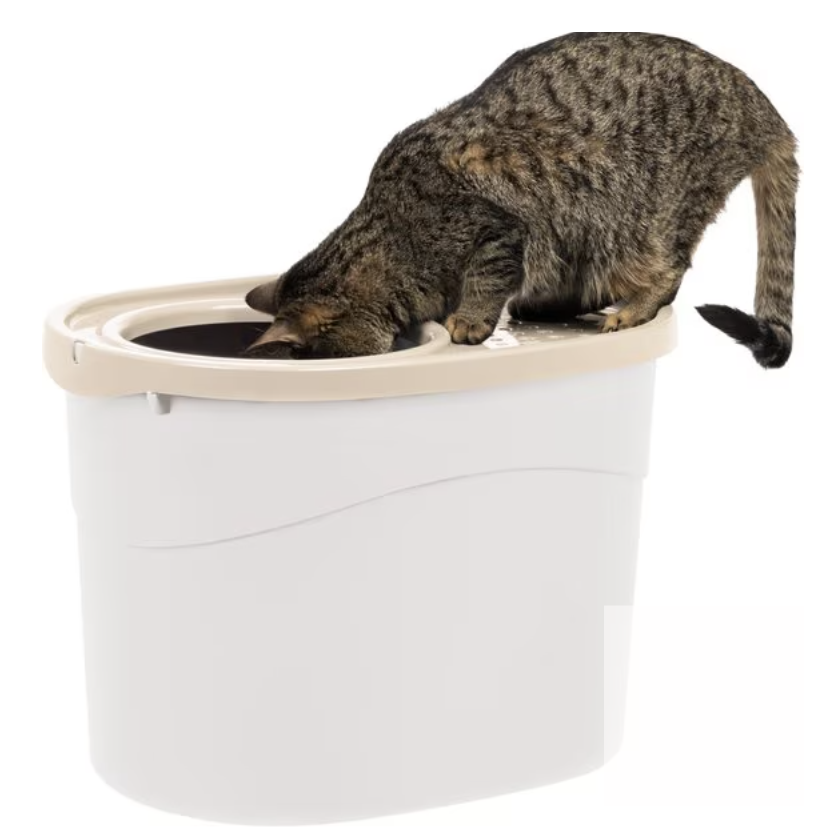
Top-entry boxes are an innovative option designed to reduce litter tracking and give cats privacy. These work well for cats who are agile and don’t mind hopping in from above. However, they’re not ideal for kittens, senior cats, or cats with mobility issues.
How to Clean:
Cleaning litter boxes with lids follows a process similar to cleaning those with hoods or covers:
- Remove the Lid: Begin by detaching the cover from the litter box. This gives you full access to the interior, making it easier to thoroughly clean all areas, including any hard-to-reach spots.
- Scoop Thoroughly: Scoop out all clumps of solid waste and urine-soaked litter. Be meticulous, as covered boxes can trap odors if waste is left behind. Shake the scooper gently to allow clean litter to fall back into the box, and place the waste into a bag for disposal.
- Tackle Odor Control: Since covered boxes can trap smells, sprinkle a small amount of litter deodorizer or baking soda into the litter to neutralize odors. Additionally, check for any ventilation features and make sure they’re clear to promote airflow and minimize trapped smells.
Eco-Friendly Litter Boxes
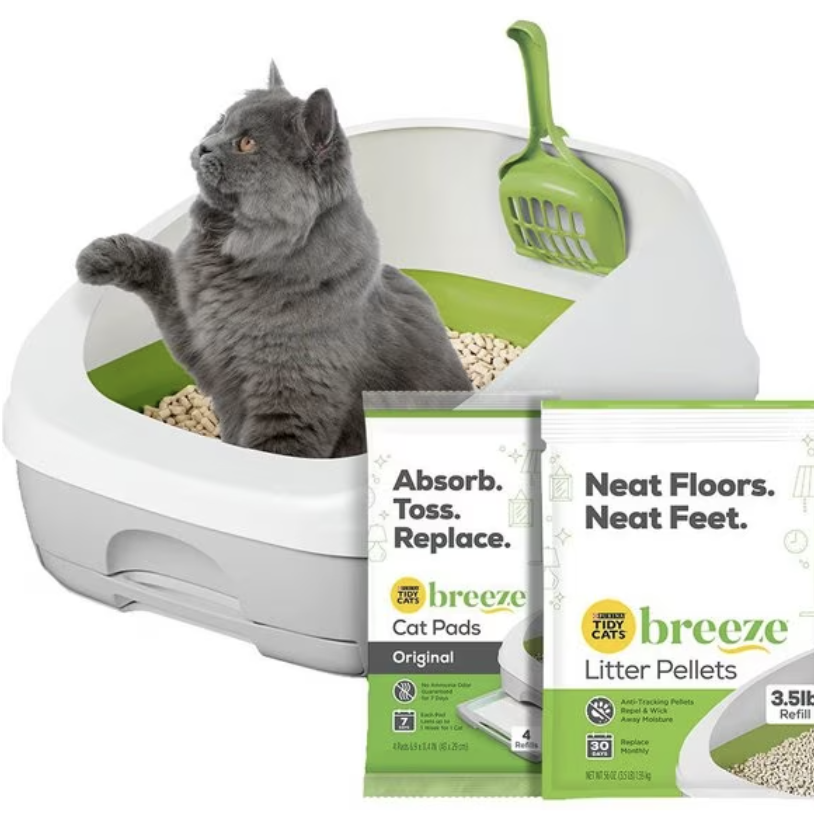
With sustainability becoming increasingly important, eco-friendly litter boxes and options like wood pellet systems are rising in popularity. These innovative litter boxes often feature a two-layer design: the top layer holds solid wood pellets, while a grated bottom layer allows sawdust—formed as the pellets absorb urine—to fall into a collection tray below. In some models, there’s a bottom tray where pee pads are placed.
Helpful Videos:
How to Clean:
Daily Maintenance
- Remove Solid Waste: Scoop out any feces from the wood pellets daily. This prevents odors and keeps the box hygienic for the cat.
- Stir the Pellets: Gently stir the pellets to help distribute them evenly and allow moisture to evaporate.
- Add Fresh Pellets (If Necessary): Pour in fresh wood pellets, mixing with reusable ones if applicable. Ensure the level is adequate for absorption and odor control.
Manage Sawdust
- As wood pellets absorb urine, they break down into sawdust. Regularly check the collection tray or the bottom of the pellet section for sawdust accumulation. Empty it as needed to maintain cleanliness.
Check and Replace the Pee Pad (If Applicable)
- Inspect the Pee Pad Daily: Open the tray beneath the pellets to check if the pee pad is saturated. Pee pads typically need replacing every 3–7 days, depending on the number of cats using the box.
- Dispose of Used Pads: If the pad is saturated, carefully remove it and place it in a sealed bag for disposal.
- Insert a New Pad: Lay a fresh pee pad in the tray, ensuring it is flat and properly aligned to catch any liquid. Slide the tray back into place.
Elevate Your Cat Sitting Services in Columbus, Ohio
Mastering the ins and outs of litter box care is a game-changer for cat sitters in Columbus, Ohio. From understanding the top litter box types to perfecting your cleaning routine, these tips ensure happy cats and impressed clients. Whether you’re dealing with a high-tech self-cleaning box or an eco-friendly wood pellet system, your attention to detail keeps those whiskered friends purring with satisfaction!


